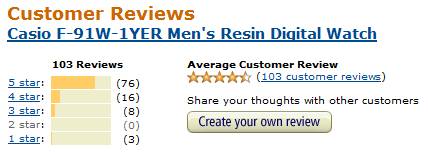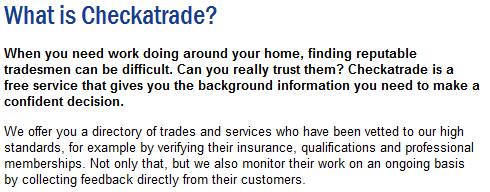Quality control and assurance
Quality
Before we begin to examine the issues of quality control and quality assurance, we need to examine the whole concept of quality itself, because quality is 'notoriously elusive of prescription, and no easier even to describe and discuss than deliver in practice' (Gibson, 1986).
Indeed, the American Society for Quality defines quality as:

Quality
...a subjective term for which each person has his, or her, own definition. In technical usage, quality can have two meanings:
- The characteristics of a product or service that bear on its ability to satisfy stated or implied needs;
- A product or service free of deficiencies.
Why Quality?
Firms need to ensure that the products or services that they offer for sale are produced on time, in the quantity needed, AND of the required quality. If they do not, they will get involved in repairing or exchanging products, which is costly and will have a negative effect on both brand and corporate image. Quality management is concerned with ensuring products are fit for their intended purpose.
Firms which produce high quality goods and/or services are likely to gain all, or some, of the following benefits:
- Competitive advantage, higher sales and repeat customers
- Better brand image, industry reputation and goodwill, increasing intangible assets
- Recommendations to others and reduced customer complaints
- The opportunity for premium pricing
- Longer product life cycles
- Cost savings and less waste
- Better motivated staff
- Higher profits
In addition to these internal advantages, the move to better quality across industries and markets has been driven by a number of external forces:
- Increasing competition: consumers faced with a range of similar products and services may select the product based on actual, or perceived, quality differences.
- Government regulations and laws: as the numbers and types of products and services available both nationally and internationally has increased, so governments have developed more legislation and regulatory frameworks to protect the consumer from unscrupulous sellers, covering aspects of commerce such as trades description and false selling. Breaking these laws and regulations can prove very expensive for firms as they can face fines and prohibitions.
- Improved standards of living: Higher disposable incomes have meant that consumers are more willing to pay higher prices for quality items.
- Higher consumer awareness: Information about products and services has increased dramatically with the advent of the internet, extending access to information previously available in the traditional press. In addition, this information may be accessed extremely quickly, and from anywhere in the world, and customers are much quicker, and more willing to complain. Customers are a key element in the process as they are increasingly prepared to record their views on the quality, or otherwise, on the products and services they have purchased and used.



